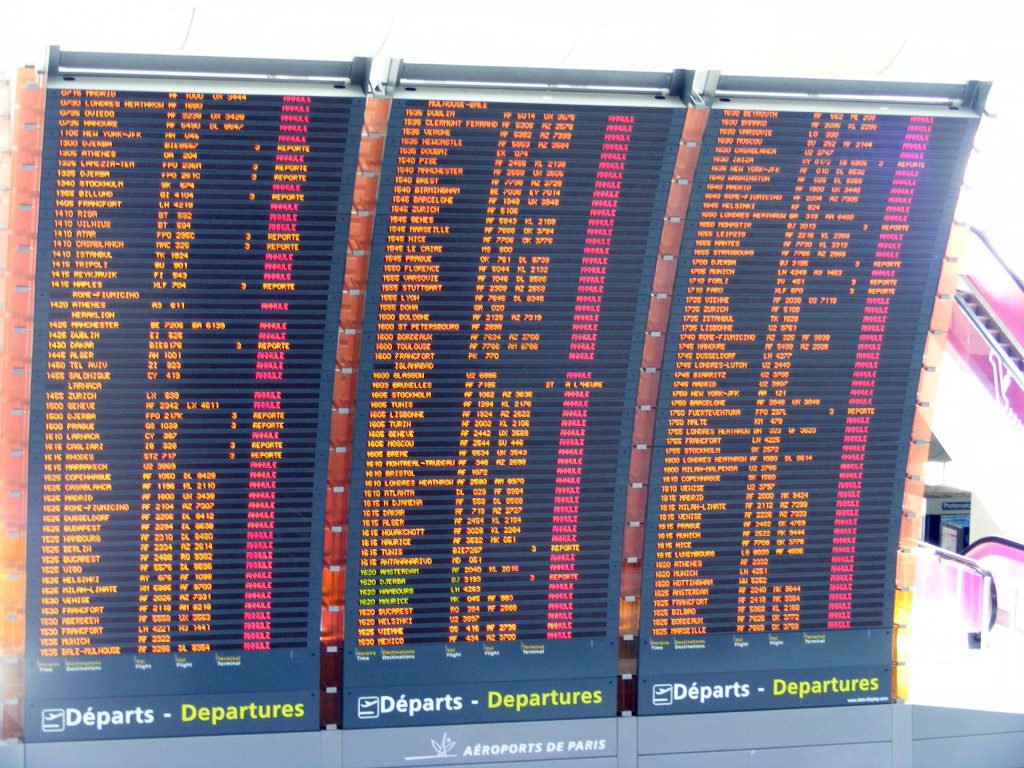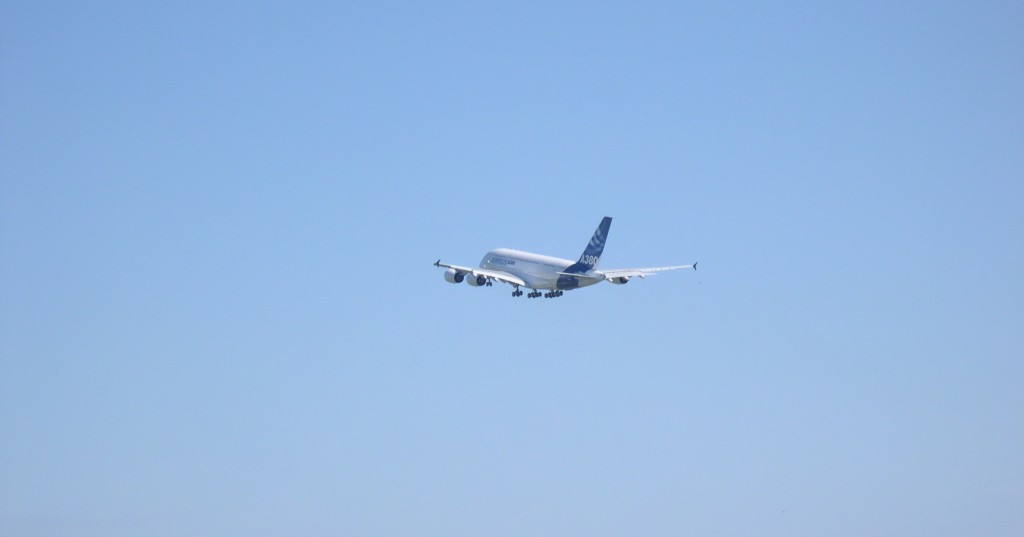
As the holiday season approaches, many individuals are focused on finding affordable travel options. In the United States, searches for “cheapest airline tickets” increased by over 240% between April and August of this year. During this period, the most frequently asked questions about air travel were “When is the best time to book a flight?” and “How can I find cheap flights?”
To address these inquiries and others, the Google Flights team analyzed airfare data spanning five years, seeking dependable patterns to assist travelers in their quest. Below are the findings we discovered to assist you in your journey.
Best Days to Find Cheap Flights

In the past, it has been more cost-effective to travel during the week rather than on weekends, particularly on Sundays. On average, flights that depart on Mondays, Tuesdays, or Wednesdays have been 12% cheaper than those departing on weekends. If we consider only domestic flights, potential savings can increase to 20%.
Nonstop Flights vs. Flights with Layovers

Travelers are advised to book direct flights to avoid delays during the busy summer season. However, Google Flights data shows nonstop flights are 20% more expensive than those with layovers, due to high demand. Whether the cost savings of layovers outweigh the inconvenience is a personal choice.
Timing Your Flight Booking for Maximum Savings
Contrary to common belief, buying airline tickets on a specific day, like Tuesday, doesn’t offer significant savings. Data over five years shows that purchasing on Tuesdays, Wednesdays, or Thursdays only saves an average of 1.9% compared to weekends. If your trip is soon, it’s better to book now instead of waiting for a specific day, to avoid potential price hikes.
Also, check out the airlines that serve you the best meal in the air!
Timing Your Flight Booking for Specific Travel Seasons and Destinations

Booking a flight at the right time can save you money, but the ideal number of days before departure varies depending on the travel season and destination. Here are the best times to book flights for specific scenarios:
U.S. Domestic Flights
Prices have typically been lowest 21-60 days before departure, with the lowest average prices 44 days before departure. However, these patterns may not apply to your specific route, so booking early is always a wise decision.
Thanksgiving Travel
The lowest prices for domestic Thanksgiving travel are usually found 36-74 days before departure, with prices hitting their lowest point 52 days out.
Christmas Travel
The lowest average prices for domestic Christmas travel have been 22 days before departure, but it is recommended to book anywhere between 20 and 88 days before departure.
Spring Break Travel
For domestic trips beginning in March or April, prices have typically been lowest 23-59 days before departure, with prices hitting their lowest point 38 days out.
Summer Vacation Travel
The best time to book domestic flights for trips in July or August is 14-44 days before departure, with the lowest average prices usually 21 days out.
U.S. to Europe Flights
For trips from the U.S. to Europe, it is best to book early. The best deals were typically found 129 days before departure, and prices tend to be lower anywhere between 50 and 179 days out.
U.S. to Mexico or Caribbean Flights
Average airfares from the U.S. to Mexico or the Caribbean have been lowest between 37 and 87 days before departure, with prices hitting their lowest point 59 days out.
Booking International Flights: When to Book and Avoid Peak Travel Times
Booking in advance is generally recommended for international travel, with a suggested lead time of around six months before your desired flights. However, the optimal booking window can vary depending on your destination.
Prime Booking Windows by Destination:
- Canada: 300 days to 3.5 months before departure
- Mexico: 4.5 months to 1 month before departure
- The Caribbean: 5 months to 1.5 months before departure
- Central America: 5 months to 2 months before departure
- South America: 4.5 months to 1.5 months before departure
- Europe: 6.5 months to 1 month before departure
- Africa: 10 months to 2 months before departure
- Oceania/South Pacific: 10 to 9.5 months before departure
- Asia: 10 months before departure
- Middle East: 10 months to just under 2 months before departure
To find good deals, it is also important to avoid peak travel times, such as summer and major holidays, including holidays in your destination.
Additional Ways to Find a Good Deal on Google Flights

1. Google Flights offers a price insight feature, comparing current prices with historical data from the past 12 months for similar flights. This helps you determine if the current price is low, typical, or high, and predicts future price changes for some searches.
2. With Google Flights’ price tracking, you can get email notifications about significant price changes for your specific destination and dates. For more flexibility, track “Any dates” to be alerted about price drops for flights in the next 3 to 6 months.
3. Google Flights provides visual tools like the calendar view, date grid, and price graph. These help visualize fare changes, allowing you to compare prices across different dates and see trends for trips of a certain duration starting from your chosen departure date.
If you’re looking for more Google flight hacks, check out the guide to How to Use Google Flights to Find Cheap Flights?
Case Studies or Examples: Real-Life Success Stories
To illustrate the effectiveness of these strategies, let’s explore some real-life examples of travelers who have successfully used Google Flights to secure affordable air travel:
- The Early Bird Adventurer: Meet Emily, a teacher from Chicago who planned a summer trip to Italy. By booking her flight 129 days in advance, as suggested for U.S. to Europe trips, she saved over 30% on airfare compared to her friends who booked later.
- The Last-Minute Deal Finder: John, a freelance writer from San Francisco, needed to fly to New York on short notice. He used the price tracking feature on Google Flights and was able to snag a deal just 18 days before departure, saving him around 25% compared to the average price for that period.
- The Flexible Travel Enthusiast: Sarah and Alex, a couple from Denver, were flexible with their travel dates for their honeymoon in Mexico. By using the calendar view and price graph tools, they found the cheapest flights 59 days before departure, aligning perfectly with the best booking window for Mexico.
- The Thanksgiving Planner: The Thompson family from Atlanta planned their Thanksgiving trip to visit relatives in Oregon. By booking their flights 52 days in advance, they managed to get the lowest possible fares, as per the data trends for Thanksgiving travel.
Each of these examples showcases how different strategies, from booking well in advance to taking advantage of last-minute deals, can lead to significant savings. These real-world scenarios demonstrate that with a bit of research and the right tools, affordable travel is within reach.
Impact of External Factors on Flight Prices
Airfare can be significantly influenced by external factors, often beyond the control of airlines and travelers:
- Oil Prices: Flight prices may increase with higher oil prices, as airlines offset rising fuel costs.
- Political Stability: Areas with political unrest may see cheaper flights due to reduced tourism, while regions hosting major events can experience higher prices.
- Pandemics and Health Crises: Health crises like COVID-19 can lead to reduced flights and fluctuating prices due to changing demand and travel restrictions.
- Economic Conditions: Economic downturns can decrease travel demand, potentially lowering flight prices, whereas economic growth can increase travel costs.
- Environmental Factors: Severe weather or natural disasters can disrupt flights, affecting availability and pricing.
- Industry Changes: Airline industry shifts, such as mergers or bankruptcies, can impact market competition and airfares.
Awareness of these factors can aid in understanding and anticipating changes in flight prices, helping travelers make more informed decisions.
Conclusion
Finding cheap flights is possible if you plan smart. The best times to book flights depend on where and when you want to go. Booking at least a few weeks before your trip is usually best. Being flexible with your travel dates can help you find better deals too. Tools like Google Flights can track prices and show the best times to book. External things like oil prices or bad weather can make prices change, but travelers who do research and stay patient can still find affordable tickets. With some work, you can take flight without paying too much.
![What To Wear To a Drag Show? [HOTTEST Outfit Ideas]](https://hopdes.com/wp-content/uploads/2024/01/What-to-wear-to-a-Drag-Show-390x220.jpg)



![What to Wear to an Outdoor Concert? [Cute Outfit Ideas]](https://hopdes.com/wp-content/uploads/2023/11/What-to-Wear-to-an-Outdoor-Concert-Cute-Outfit-Ideas-390x220.jpg)
